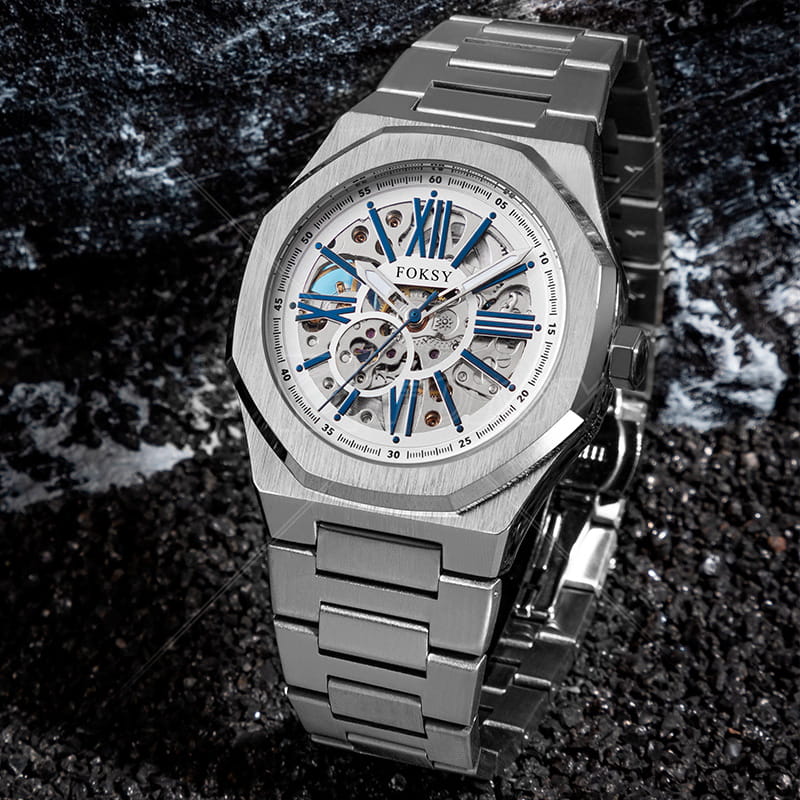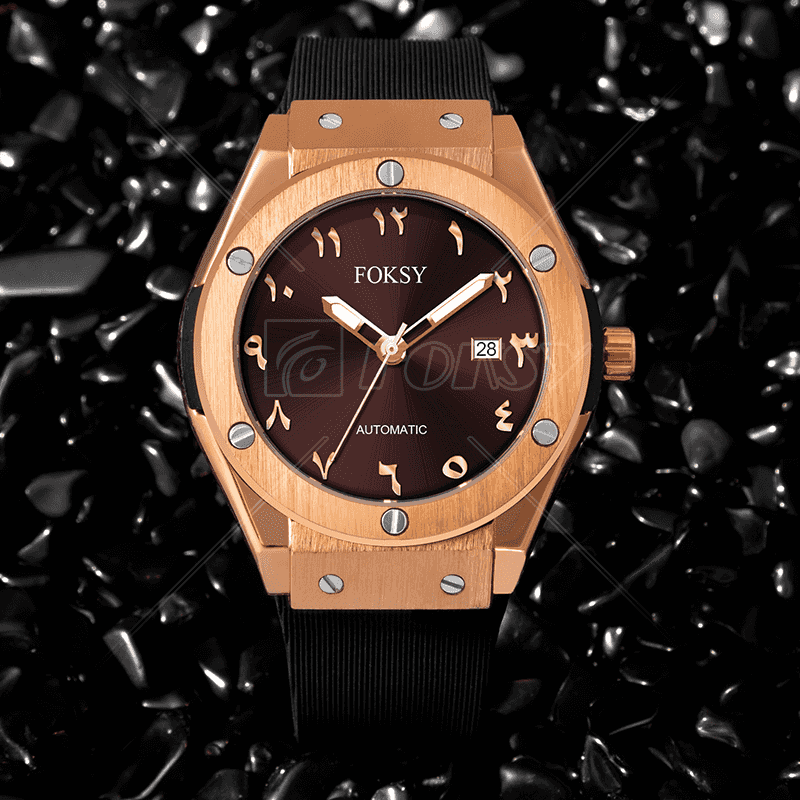 Foksy Watches
Foksy Watches  2023-11-16
2023-11-16
Water-tight and waterproof are two common terms for a watch’s water resistance, and they describe a watch’s ability to withstand exposure to water. Here are their differences:
This is a relatively weak term, indicating that the watch is resistant to a certain level of water droplets or mild humidity.
Usually, the waterproof mark is followed by a number indicating the level of waterproofing. For example, 30 meters of water resistance means that the watch can resist short-term immersion, but it is not suitable for underwater activities.

This is a stronger term, implying that the watch is more water-resistant and can be used in deeper water.
However, due to regulatory requirements, modern watch manufacturers often avoid using the term "waterproof" and instead more commonly use "waterproof" or "water-resistant" to describe their products.
Whether waterproof or water-sealed, they need to be used with caution as their waterproofing properties may be affected by time and use. For example, seals may become worn and the watch's water resistance may be reduced. Therefore, it is recommended to regularly check the waterproof performance of the watch and replace the sealing ring when necessary to ensure long-term use and reliable waterproof performance of the watch.
The truth is that no watch is waterproof. There is always a limit to how much water pressure a watch can handle. The term "waterproof" implies that a watch can't leak under any circumstance—that no moisture will permeate the case and get into the movement. However, under certain circumstances, anything can leak. Therefore, in the watch industry, we refer to a watch's ability to withstand water pressure as water resistance.

A watch stamped with "Water Resistant" means that it is humidity-protected. It can endure a bit of water splashes from washing your hands or being caught in the rain. However, water resistance does not mean you should swim or shower with your watch on.
Water is the biggest enemy of a watch. If you go swimming or play sports, you should have your watch checked for an accurate reading of its water resistance levels every year. The outside case may look rugged and big, but the movement is very tiny and very delicate. The only thing that stands between your watch and water is a small gasket, a tiny O-ring that is usually made of rubber or silicon. Gaskets form seals around the stem of the crown, pushers, and correctors and sit inside the case and the crystal. Over time, they dry out and lose elasticity and the ability to form a proper seal. This explains why regular testing is so important for maintaining the water resistance of a watch.
Diving watches are specifically engineered for heavy water usage and can withstand depths of at least 200 meters. They have minimal openings for water to permeate through with only one screw-down crown, sturdy case, extra heavy gaskets around the crystal, and extra heavy gaskets around the case back. If you are planning to regularly swim, dive, surf, or boat while wearing your watch, a diving watch is an excellent option to consider.
Focus On Customize Watches
For Micro Brands
Room C201, Huafeng Wisdom Innovate Park, Gushu 2nd Road, Bao'an Dist, Shenzhen, China.
